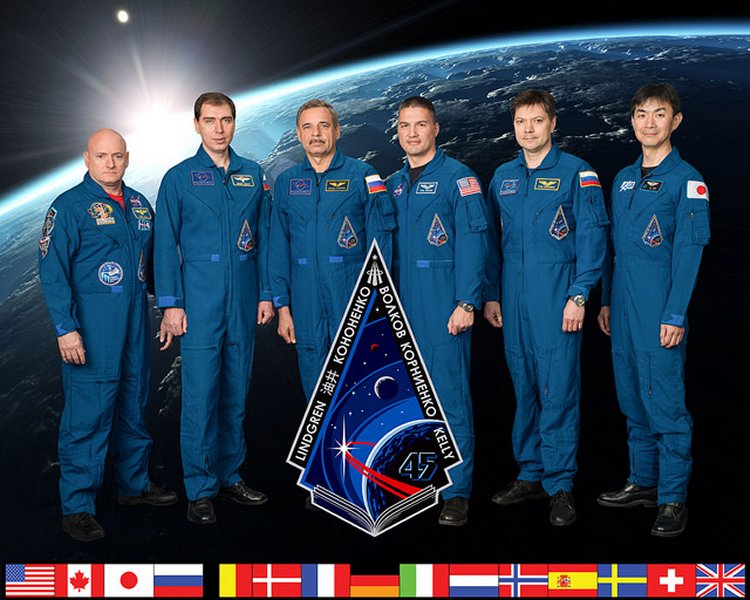MessageToEagle.com – During an unprecedented 1-year mission to the International Space Station, scientists are studying how astronauts’ bodies respond to long-duration space travel.
The human body is incredibly complex. Every part of us—from our bones to our blood cells—is subject to a host of chemical reactions and molecular interactions that, without our conscious effort, keep us alive.
But what happens to these processes when we leave the planet?
In Earth orbit and beyond, where gravity is counteracted by a constant state of freefall and cosmic radiation intensifies, the molecular inner-workings of the human body may change. To find out how, NASA has entered a realm of bio-research known as “-omics.”

“Omics” refers to the collection of data on the medley of microcosms that regulate our bodies at a molecular level. Things that work with the metabolism are grouped underneath the term “metabolome.” All of the lipids in the body are called the “lipidome.” All of the proteins? You guessed it—“proteome.”
“We have launched a one-year study to understand the omics of space travel,” says Craig Kundrot, Ph.D. in the Office of the Chief Scientist at NASA Headquarters. “Astronauts are spending a year on the International Space Station, and we are looking at what happens to them on the molecular level.”

First, there is the “Twins Study. NASA has twin astronauts: One of them, Mark Kelly (retired), is staying on Earth while his brother, Scott Kelly, orbits Earth. For one year, Mark and Scott will be poked, prodded, and questioned to learn if the omics of identical twins show more signficant differences than normal aging would cause after one of them spends a year in space.
At the same time, Scott Kelly is involved in a separate project called the “One Year Mission.” Unlike previous expeditions to the space station, which lasted only 6 months, Scott Kelly is spending a full year onboard the station alongside Russian cosmonaut Mikhail Kornienko. This One Year Mission has its own battery of tests designed to reveal the physiological effects of long-term space flight.
Why 1 year?
“NASA knows a lot about what happens to astronauts after 6 months in orbit,” says Kundrot. “Deep space missions are going to take much longer than that. A round trip to Mars, for instance, might take thirty months or more. This 1-year experiment is the next, natural step in that direction.”
Kundrot also notes the intangible significance of 1 year to humans.
“When we leave home for 6 months, it’s like a long business trip. Leaving home for a year is a different thing. We are going to miss every birthday, anniversary, graduation and many other milestones. It feels like a big chunk of life—and this could affect the mood or behavior of the space travelers.”
Indeed, some of the studies focus the astronauts’ psychological state. At the same time that blood is drawn and other samples are taken, the astronauts will be filling out questionnaires about their mood, thoughts and dreams.
This approach could reveal links between the astronaut’s mental state and their molecular state.
In total, more than 30 research proposals have been approved for the Twin Study and the One Year Mission—and they are well underway. The experiments began on March 27, 2015, when Kelly and Kornienko blasted off onboard a Russian rocket for their year in space.
MessageToEagle.com
source:






